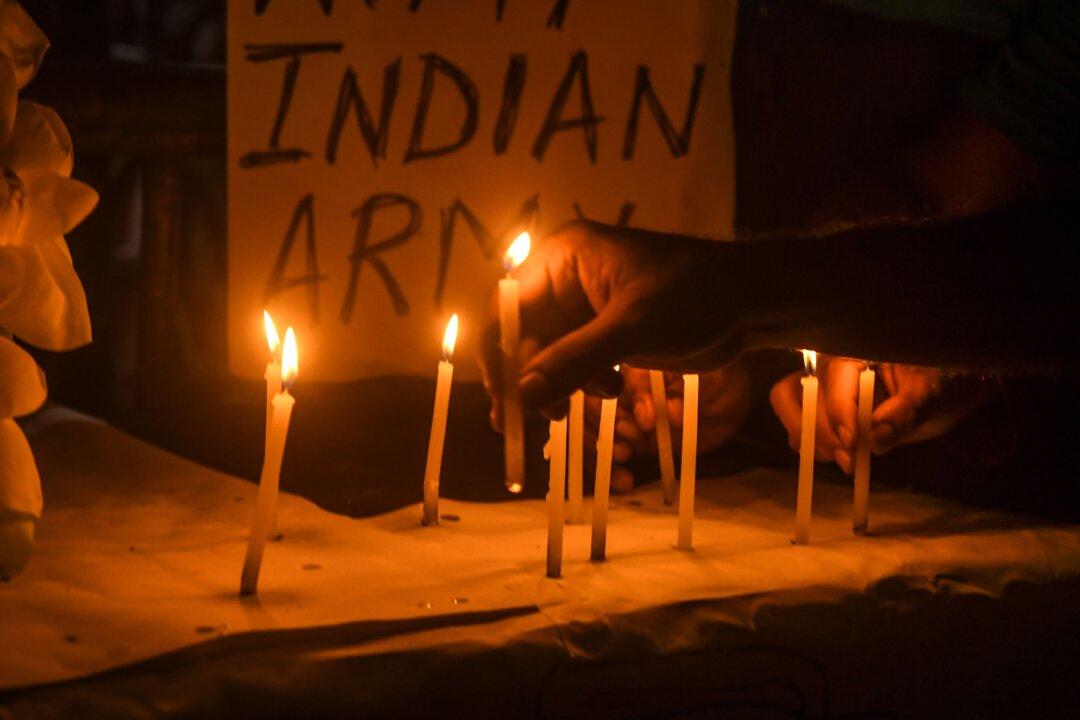NEW DELHI—China has criticized the Indian government for making bilateral relations conditional on peace along the border between the two countries, deeming the dispute a “legacy issue.” However, experts say this narrative supports China’s “salami-slicing” tactics and ensures its larger interest in the region.
The remarks by the Chinese side were delivered on Jan. 25 by Chinese defense ministry spokesman Wu Qian, in response to a recent statement by Indian External Affairs Minister S. Jaishankar.





